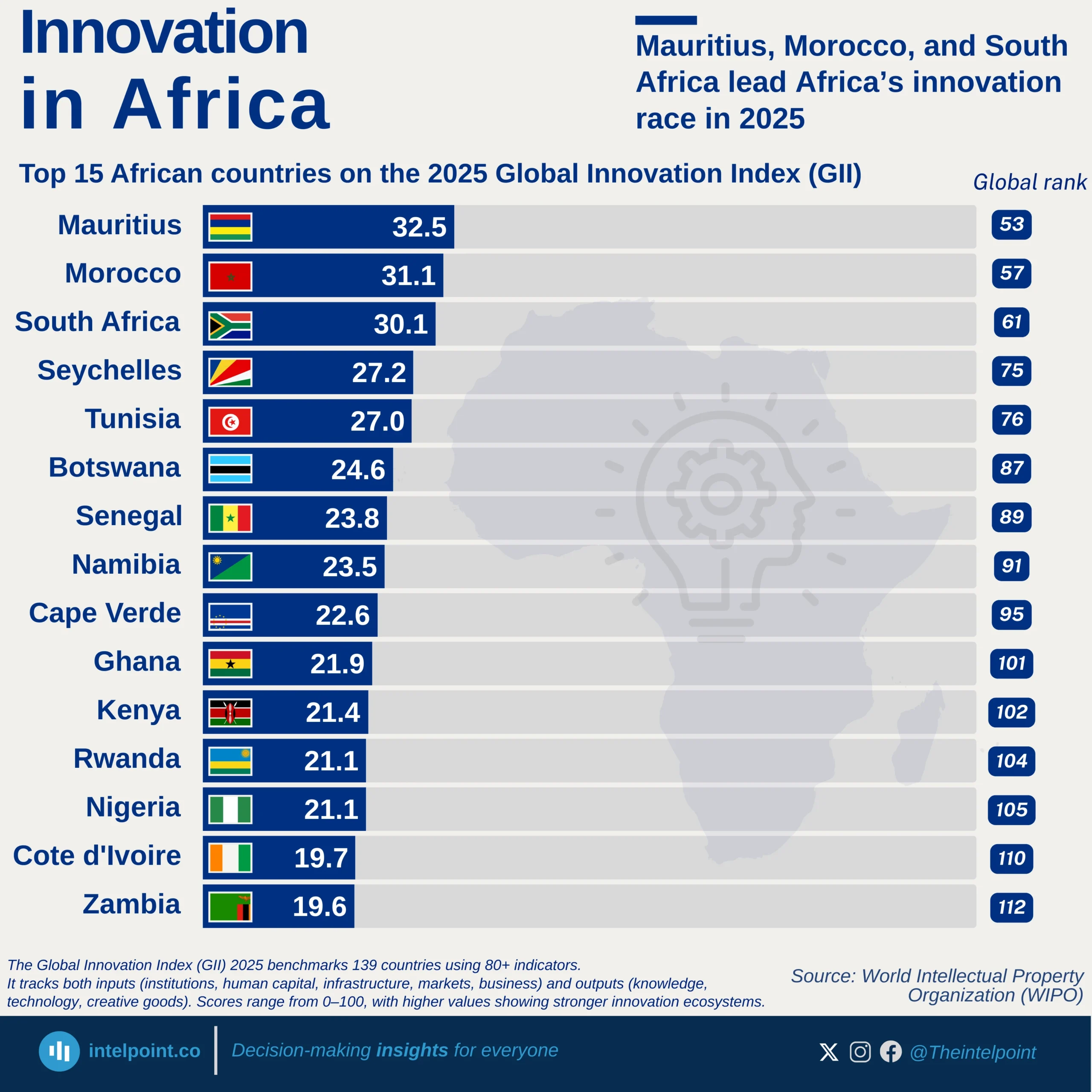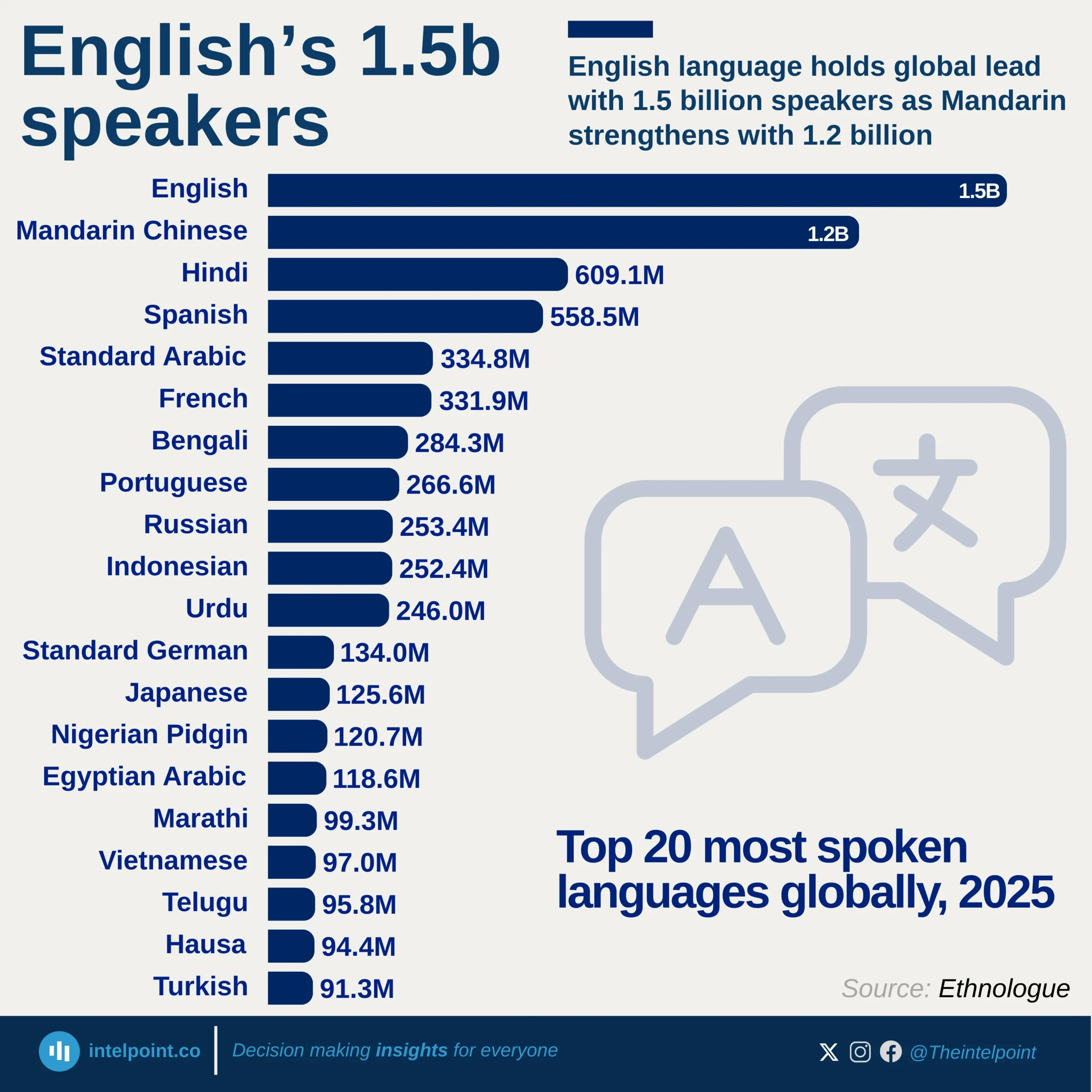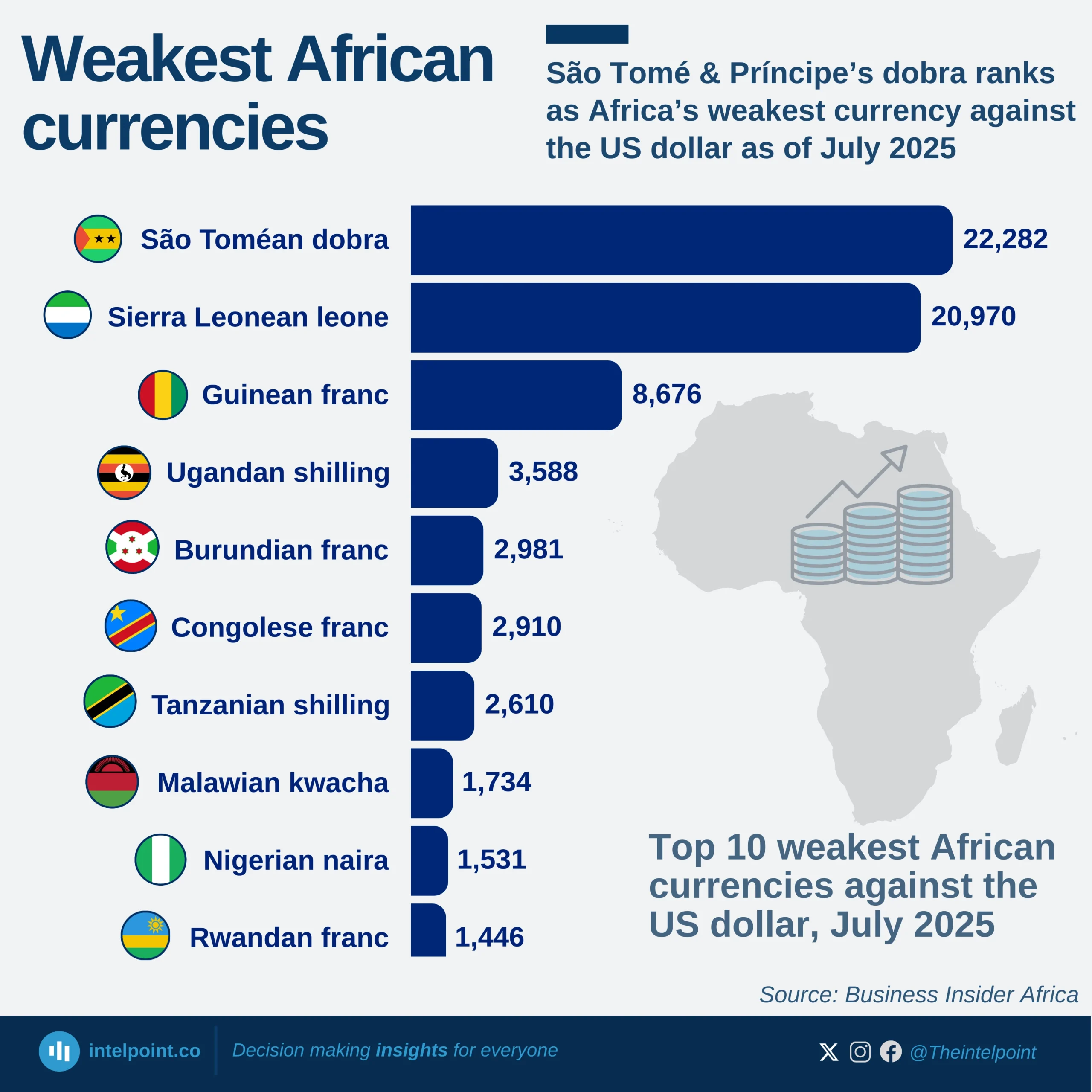Nigeria’s capital markets aren’t just anchored by legacy companies—they’re also seeing a steady wave of fresh entrants, many of them less than 15 years old. The youngest listed PLC is Sterling Financial Holdings Company, incorporated just three years ago in 2021. This signals a growing appetite for listings from modern firms, especially in financial services, infrastructure, and energy. It also reflects a broader trend of restructured financial institutions turning into holding companies and accessing public capital more strategically.
This new generation of listed firms is emerging at a time when investors are more data-driven, ESG-conscious, and digitally engaged than ever before. Unlike older legacy firms that built their reputations over decades, these younger PLCs are expected to show results fast, driven by clear business models and transparent governance.





